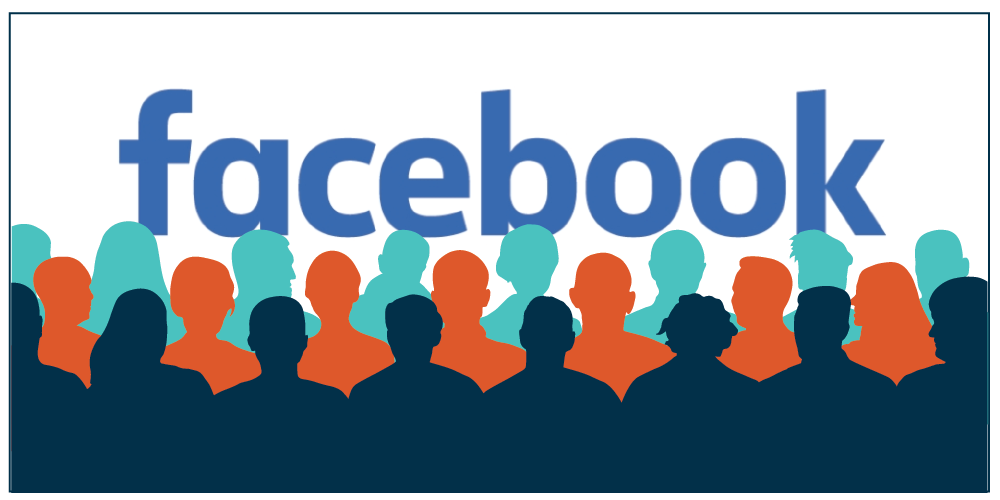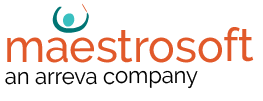-

Facebook is a great tool for nonprofits. That's because Facebook has 1.4 billion daily active users. Meaning that you're very likely to find new donors, supporters, and other prospects on the platform.
One of its most useful advertising features is the Custom Audience. With it, you can reach a very specific audience while excluding those who don't fit into your audience profile. This is called audience segmentation and targeting, and here's why it's important:
- Facebook attracts over one billion daily visitors, most of whom don't care about the issues you're trying to address or have the money to make donations. Therefore, you'll be wasting time and money by marketing to them.
- A targeted ad on Facebook will cost less but bring in more money. That's because your ad will be viewed by the few who care about your cause and are likely to take action. This means more clickthrough rates, higher engagement levels, and a smaller ad budget.
- Because most people use Facebook to reconnect with friends, not to view ads. To gain their attention, you must interrupt them with your ad. But if your ad is tailored to their needs, this process can feel seamless to the user/viewer.
- It's great for data analysis and reporting. Getting feedback from the right audience tells you what works and what doesn't so that you can quickly improve your ads and other marketing efforts. But if you're tweaking your marketing efforts based on reporting from the wrong audience, you'll keep wasting your time and resources.
Types of Facebook Custom Audiences
1. Custom Audience from Current List
If you have a current database of donors, volunteers and stakeholders, and want to reach out to them on Facebook, it's possible.
All you need to do is upload the database on Facebook, and let the system find their Facebook profiles. This database could be an email list, or a phone list, and may have been built online or offline.
2. Custom Audience from Website Visits:
Facebook also enables you to target anyone who has visited your website or carried out a specific action on a webpage.
To do this, you'll have to install a Facebook pixel on your website. The pixel tracks the activities of website visitors from Facebook, making it possible to tailor the follow-up ads to the best person.
You can send ads about donating to people who visit your donor page, and ads about volunteering to visitors of your volunteer page. You can even get really sophisticated and prevent donor ads from showing when the person has already donated. You simply block ads to those who were on your donor payment Thank You page. This saves you money and prevents you from annoying people who have already done what you want.
3. Custom Audience from Lookalike Feature:
Would you like to find clones of your best donors? If you believe in the 80/20 rule (and you should) then you will have a list of people who are your best donors. The 20% who donate 80% of your funds (or something close to this). This could be from your historical donor data or the results of your most recent gala event.
To create the lookalike audience, you'll need an audience database of at least 100 people. You can then upload that list to Facebook and ask it to find profiles of active users who share the same characteristics.
While Facebook can create lookalike audiences from 1% to 10% of the population, it's advisable to stick with the 1% audience. This'll improve your targeting accuracy and results.

This template controls the elements:
FOOTER: Footer Title, Footer Descriptions
CUSTOM MENU: Images and columns into header main menu submenu items
* This message is only visible in administrative mode
SUPPORT
800-438-6498 opt. 2
SALES
800.438.6498 opt. 1
LOCATION
MaestroSoft
1750 112th Avenue NE
Suite A200
Bellevue, WA 98004

